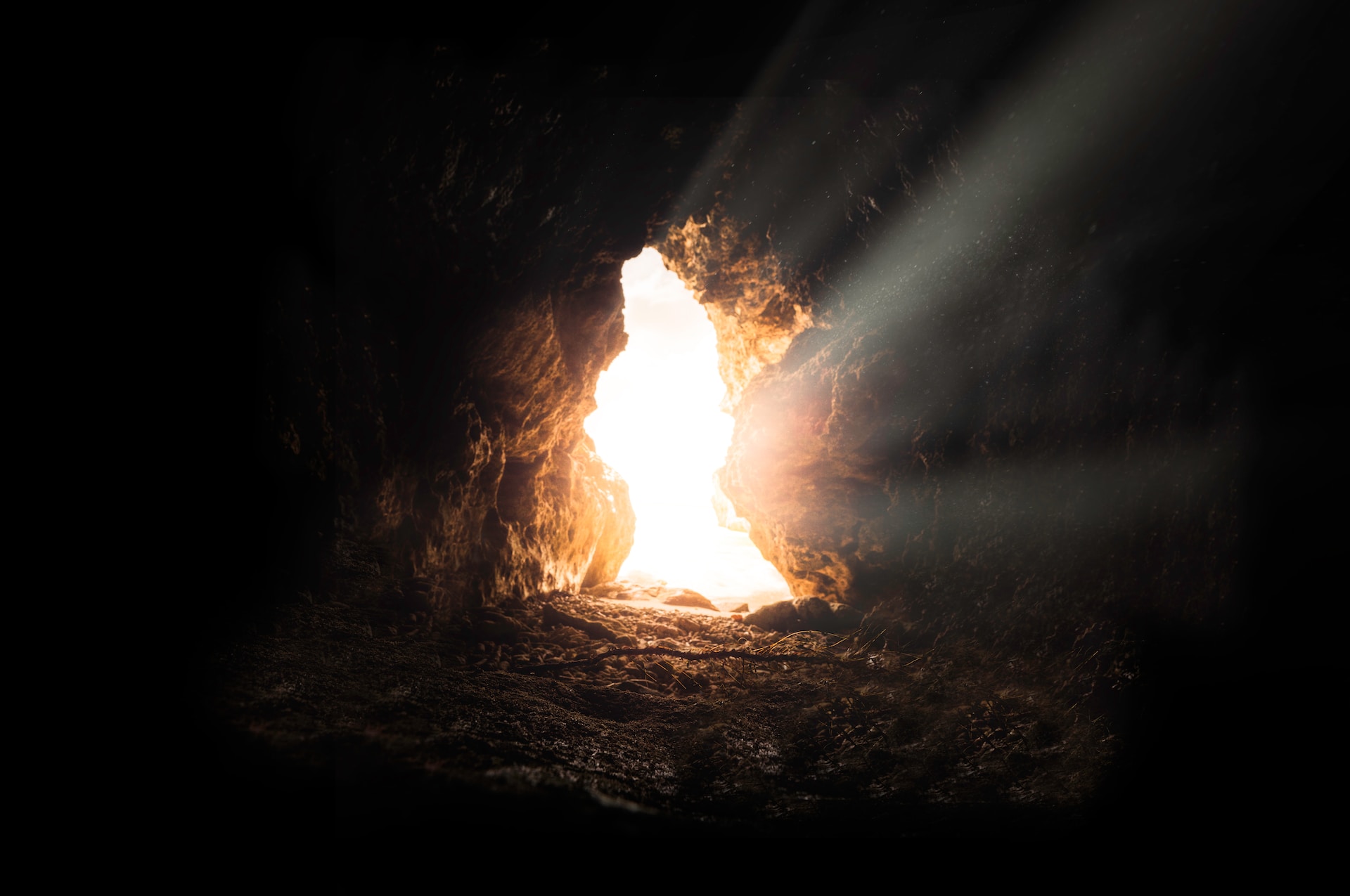 12 Apr 2022
12 Apr 2022
Easter, a Christian holiday celebrating the resurrection of Jesus Christ, is deeply intertwined with the pagan festival of Ostara, which marks the arrival of spring and new beginnings. In this article, we reveal five mystical facts about Easter and Ostara, shedding light on the origins and symbolism of these significant celebrations.
Contents
Fact 1: The Connection Between Easter and Ostara
Ostara is a pagan festival that takes place during the spring equinox, celebrating the balance of light and dark, and the renewal of life. The name “Ostara” is derived from the Germanic goddess Eostre, who represents fertility and the dawn. As Christianity spread, the celebration of Christ’s resurrection was combined with existing pagan spring festivals, resulting in the Easter holiday we know today.
Fact 2: The Symbolism of Eggs
Eggs have long been associated with fertility, new life, and rebirth, making them an important symbol for both Easter and Ostara. The practice of decorating eggs can be traced back to ancient civilisations and was later adopted by early Christians, who dyed eggs red to represent the blood of Christ. Today, the custom of painting, dyeing, and even carving eggs is observed by many cultures as a celebration of life and the changing seasons.
Fact 3: The Lore of the Easter Bunny
The Easter Bunny, a character known for delivering eggs and treats to children, has its origins in Germanic folklore. The hare was associated with the goddess Eostre and symbolised fertility due to its prolific breeding habits. As the Easter Bunny tradition was passed down through generations, it became an endearing figure in popular culture, delighting children and adults alike.
Fact 4: The Influence of Moon Phases
The date of Easter is determined by the lunar calendar, specifically the first Sunday following the first full moon after the spring equinox. This connection to the moon’s phases highlights the importance of celestial bodies in both Christian and pagan traditions. The full moon’s association with renewal and growth further reinforces the themes of rebirth and rejuvenation during Easter and Ostara.
Fact 5: The Sacredness of Trees During Ostara
In many pagan customs, trees are considered sacred and are believed to hold powerful energies. During Ostara, certain trees, such as the birch, ash, and willow, are particularly significant for their associations with protection, healing, and fertility. These trees are often incorporated into rituals, decorations, and other celebrations as a way to honour the energies they embody and to harness their power for personal growth and transformation.
Conclusion
The mystical facts surrounding Easter and Ostara reveal the deep connections between these two celebrations, both of which honour the themes of rebirth and renewal. By understanding the origins and symbolism of Easter and Ostara, we can appreciate the rich history and spiritual significance that underpin these beloved holidays. As we participate in cherished traditions such as decorating eggs or celebrating the full moon, we can connect with the timeless wisdom and beauty that these ancient festivals continue to offer.




